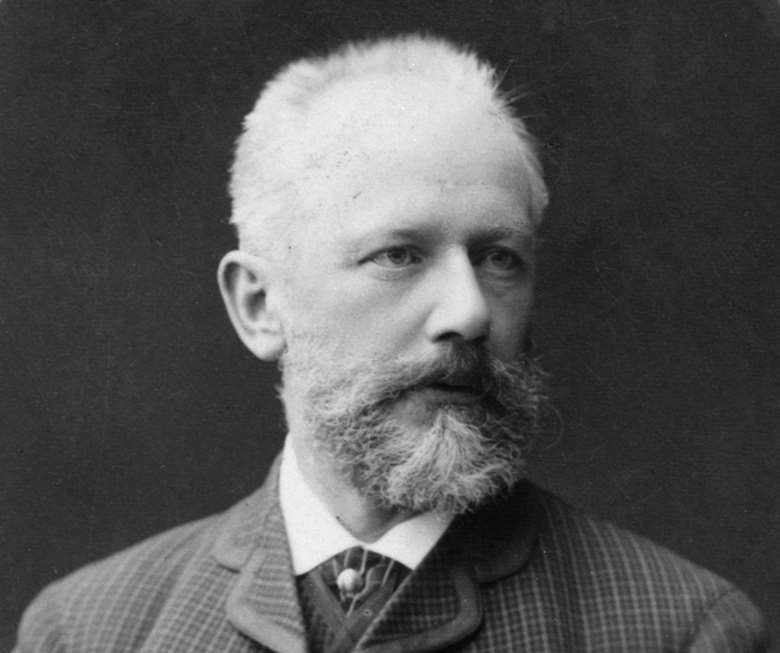Tchaikovsky’s Piano Concerto No 2: a guide to the best recordings
Jeremy Nicholas
Monday, May 13, 2024
Tchaikovsky’s Second Piano Concerto has long lived in the shadow of its ubiquitous predecessor and fallen victim to well-meaning editorial excisions. Jeremy Nicholas assesses its eight-decade discography

Register now to continue reading
Thanks for exploring the Gramophone website. Sign up for a free account today to enjoy the following benefits:
- Free access to 3 subscriber-only articles per month
- Unlimited access to our news, podcasts and awards pages
- Free weekly email newsletter










